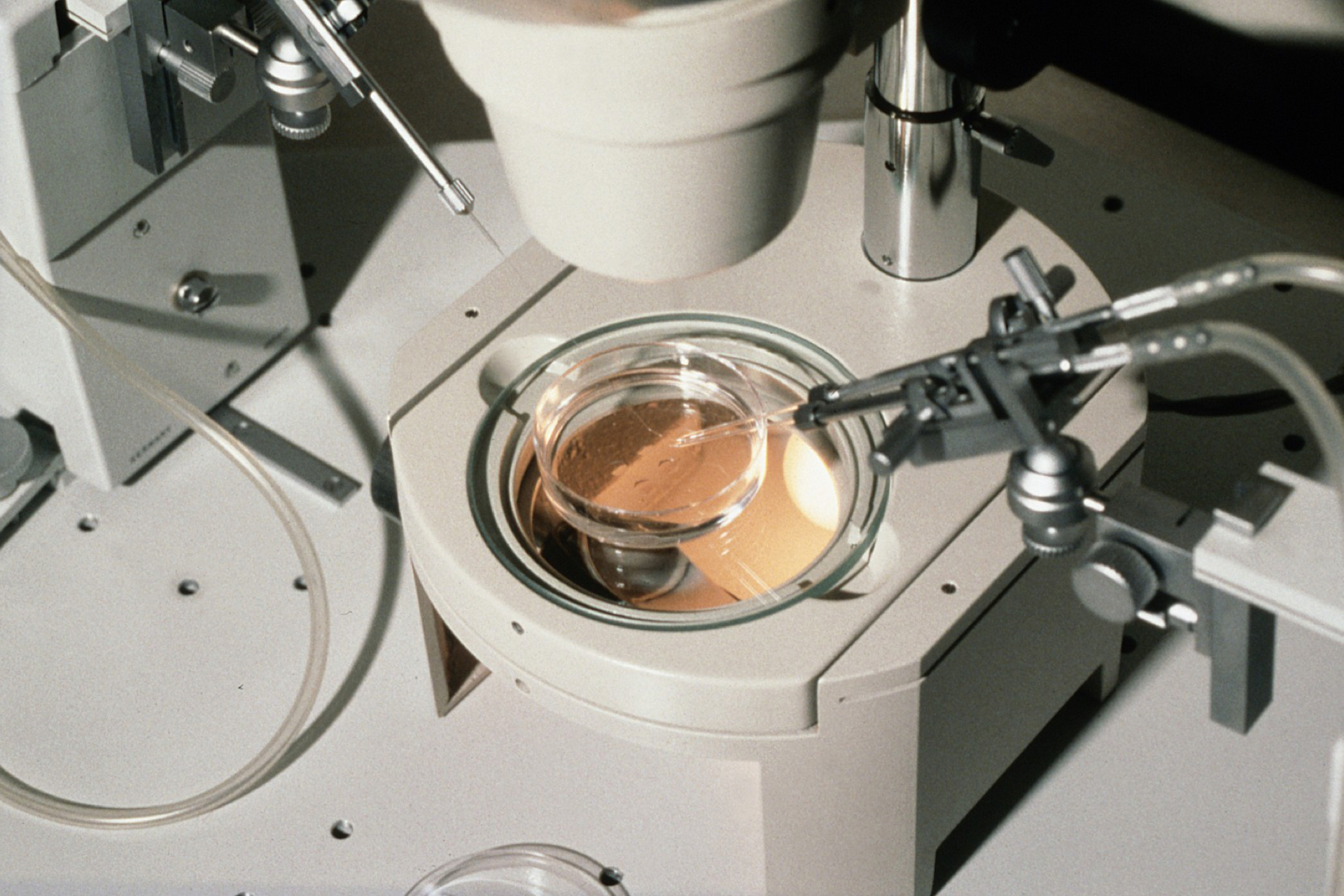Years before many people knew that they were infertile or would become infertile a law was made to actively discriminate against them. Many are now on a very tight deadline to save embryos so that they have the possibility of creating a much wanted family.
In the Human Fertilisation and Embryology Act 1990, the Human Fertilisation and Embryology (Statutory Storage Period) Regulations 1991 (1)1 and the Human Fertilisation and Embryology (Statutory Storage Period for Embryos) Regulations 1996 (2),2 time limits were laid out for the storage embryos created using IVF. In summary, the situation was that women who had infertility problems were able to store frozen embryos for a preliminary five years with extension to ten years for those with 'irreversible infertility'. Sounds good? Maybe, but an exception was brought in that discriminated against those women that could not carry their own child (though they could produce eggs, and therefore create genetically-related embryos).
The extension to ten years was for 'irreversible infertility' - but it specifically excluded those that needed the help of a host surrogate (3,4). The purpose of this was to put people off undertaking surrogacy, as only a few years earlier had the first known case of commercial surrogacy in the UK hit the headlines (though commercial surrogacy was later prohibited by the Surrogacy Arrangements Act 1985). The Warnock Committee Report of 1984 had stated that at the time there was no legislation for surrogacy in general but there was distaste for commercial surrogacy. Some feel that the Warnock report and subsequent legislation was written to allow surrogacy to 'wither away' (5), but clearly it has not done so.
Women needing to use a host surrogate may be a minority group, but almost all have already struggled with the shock of being born without a uterus, suffered an illness ending in the loss or use of their uterus or other some other difficult situation which leaves them unable to carry a child.
These women embarked on IVF with the hope of creating a family or adding to their family, and faced not only the uncertainty of finding a surrogate (as there is always a shortage of those willing and able to help the infertile) but also whether the treatment would be successful. None were advised to store eggs (as they could be stored for ten years) or were told of this five year discrimination. Having the help of a surrogate is not quick or guaranteed and so the five year storage limit is problematic.
It is clear that public attitudes towards surrogacy have changed since the first cases and the first legislation was passed - it has become more known about and generally more socially acceptable. However, there is still a shortage of surrogates, and there always will be for the number of infertile people that need this very special help.
In 2006, *a little wish* began campaigning for a change in the law on embryo storage, stemming from when a family learnt of the law and did not want their embryos destroyed as they reached the five year mark.
The good news is that this campaign has been successful. The prejudice and discrimination is coming to an end on 1 October 2009 with the implementation of the Human Fertilisation and Embryology Act 2008. All embryos, including those intended for host surrogacy, will be treated equally and will have the possibly of being stored for up to 55 years. The bad news is that the all embryos that reach the five year deadline before 1 October 2009 are not included under the provisions of the new Act and are therefore to be destroyed. The Department of Health says that the legal advice it has received is that the law cannot be backdated and only those that can complete the appropriate paperwork within the first five years will be eligible for extended storage time.
This is very distressing news for all those concerned. Many do not have any genetic children, some have been made infertile due to cancer where they were advised to be clear for five years before starting surrogacy. There is a possibility of hope and that is for an amendment to the legislation in time to save from destruction the embryos reaching the five year storage point by October this year. Parliament has the power to amend the law. It is not something that it likes to do, though such a legislative amendment has been made in the recent past for the Dangerous Dogs Act (6,7,8). Such an amendment would allow a small group of women (couples, families) to keep their dream of creating or completing their family alive.
*a little wish* is not ready to give up on those embryos or the hopes of those that long to see them become babies in their arms. Last year we set up a petition and would ask people to sign and pass on its details. A solicitor has offered to help us where possible, and we are actively seeking parliamentary assistance. Any other experience, expertise or other that can be offered to *a little wish* would be gratefully received. A history, updates and link to the petition can be found on our website.
Sources and References
-
5) Review of the Human Fertilisation and Embryology Act Proposals for revised legislation (including establishment of the Regulatory Authority for Tissue and Embryos), December 2006, referring to the Warnock Committee's 1984 report.
-
3) See the Human Fertilisation and Embryology (Statutory Storage Period) Regulations 1991, s2(1) and (2) and the Human Fertilisation and Embryology (Statutory Storage Period for Embryos) Regulations 1996, s2(1-4).
-
1) S.I. 1991/1540
-
2) S.I. 1996/375
-
6) See The Dangerous Dogs Act (1991)
-
7) The Dangerous Dogs (Amendment) Act (1997)
-
4) See also http://www.hfea.gov.uk/docs/ES_Guidance.pdf
-
8) And explanation of the amendment from DEFRA website.




Leave a Reply
You must be logged in to post a comment.